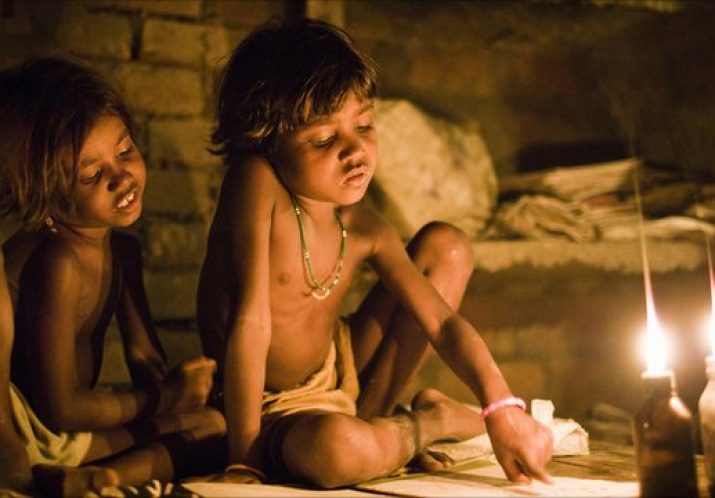- Home
- About Us
- Activities
- SDG-01: No Proverty
- SDG-02: Zero Hunger
- SDG-03: Good Health and Well-Being
- SDG-04: Quality Education
- SDG-05: Gender Equity
- SDG-06: Clean Water and Sanitation
- SDG-07: Affordable and Clean Energy
- SDG-08: Decent Work and Economic Groth
- SDG-09: Industry, Innovation and Infrastructure
- SDG-10: Reduced Inequalities
- SDG-11: Sustainable Cities and Communities
- SDG-12: Responsible Consumption and Production
- SDG-13: Climate Action
- SDG-14: Life Below Water
- SDG-15: Life On Land
- SDG-16: Peace, Justice and Strong Institutions
- Notice Board
- Wings
- Gallery
- Docs
About Us
Get Involved
We started o journey in 1988 with a noble vision to stand in solidarity with the poor and marginalized. Being a peoples' centered organization, ESDO envisioned for a society which will be free from inequality and injustice, a society where no child will cry from hunger and no life will be ruined by poverty. Near about three decades of relentless efforts to make this happen, ESDO has embraced new grounds and opened up new horizons to help the disadvantaged and vulnerable people to bring meaningful and lasting changes in their lives. During this long span, ESDO has adapted with the changing situation and provided the most time-bound services especially for the poor and disadvantaged. A community focused and people centered approach has been adapted by ESDO while consideration was given to the national policy and Sustainable Development Goals (SDGs) as its guiding principle.
ESDO is one of the most dynamic organizations expanding its development interventions across 243 upazilas under 43 districts of Bangladesh covering over 7.87 million poor and vulnerable people.
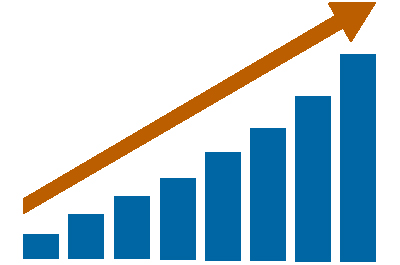
Economic Development (Food Security, Agriculture, IGA, Market development, Technology Transfer)
The poverty ratio of Bangladesh has declined sharply from close to 60% in the early 1990s to 40% in 2005 to 31.5% in 2016 23.5% and it is expected to reduce in 18.6% by 2020. However, the number of poor people is still large, which is around 50 million. 24.3% are in still below poverty line in 2016. The hard core poor are 12.9 %( below $3/day) in 2016 (World Bank 17 October, 2017). This was about 17.6% in 2010, and 25% in 2005. These people need assistance for sustenance. According to the latest HIES based estimates, Extreme Poverty Incidence in Bangladesh is still now a major concern and directly linked with low productivity trap.
Bangladesh is the 8th largest population of the world .Total population of Bangladesh in 2011 was 139252683 (BBS) and 162,951,560 in 2016 and it will be 239 million by 2050 (BBS). In 1950 there was 6% older (above 60 age) population and 41% younger population, in 2017 there is 18.8% younger population (Economic review), In 2020 there will be 8% older population and 25% younger population, in 2030 there will be 12% older population and 22% younger population, in 2050 there will be 22% older population and 16% younger population in Bangladesh. By 2050 there 1 in 5 people will be over 60 (Help Age International).
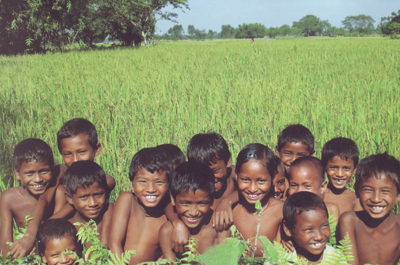
Social Development (Human Rights, Women, Empowerment, Education, Governance)
Bangladesh has made tremendous achievement in many sectors though the population doubled since independence (65,047,770 in 1970 and 162,951,560 in 2016 Source: WB) In the education sector there has lots of improvement but a long way to go yet. Government of Bangladesh has taken lots of initiative to increase female education and primary level enrolment. But there has lots of hinders behind this. Percentage of population age 15+ with no education in Bangladesh was reported at 31.88 % in 2010, Percentage of female population age 15+ with no education in Bangladesh was reported at 35.18 % in 2010.
The enrollment of students in secondary level in 2016 was 67.84 percent, of which girls were 73.10 percent and boys were 63.85 percent (Benbeis).
There are 78,126 primary schools in Bangladesh, serving 17.6 million children. Net enrolment however increased from 81.8 per cent to 82.5 per cent . It was 63.1% in 1984, 69.5% in 1988 and 89.8% in 2008. In 2010, net enrolment rate in primary education was 90 %. Average years of primary schooling, age 15+, total in Bangladesh was reported at 3.38 in 2010, average years of primary schooling, age 15+, female in Bangladesh was reported at 3.22 in 2010. School enrollment, primary (% gross) was reported at 119 % in 2016.
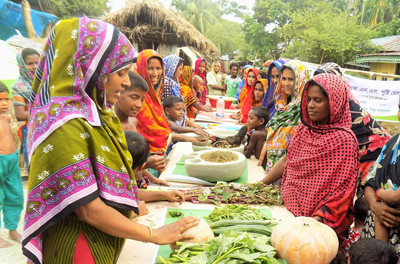
Health and Nutrition (Water and Sanitation, Health, Hygiene & Nutrition)
Bangladesh has made considerable progress during the last two decades in health, education and economic indicators. The country is still struggling to overcome high infant and under-five mortality despite considerable improvements.
The current health coverage: ≤12 months old children: BCG 99.3%; OPV1 99.1%; OPV2 94.5%; OPV3 93.6%; Penta193.9%; Penta2 94.5%; Penta3 93.6%; Measles87.4%; Full vaccination: 82.5% ≤23 months old children: BCG 99.4%; OPV194%; OPV2 94.7%; OPV3 94.1%; Penta1 94%; Penta2 94.7%; Penta3 94.1%; Measles 91.7%; Full vaccination 86.5% Tetanus toxoid coverage (%) among women of childbearing age: TT1 96%; TT2 94%; TT3 83.6%; TT4 66.7%; TT5 46.1% (National Health bulletin, DGHS 2016) Antenatal care coverage (at least 4 visits) (%): 31 (in 2014, UNICEF, February 2016), 31.2 (BDHS 2014) Antenatal care coverage (at least one visit by skilled health professional) (%): 63.9 (in 2014, WB 2016) Births attended by skilled health personnel (%): 42.1 (BDHS 2014) C-section rate (%): 22.9% (BDHS 2014) Home delivery rate: 62.2% (BDHS 2014) Infant mortality rate (per 1,000 live births): 29 (SVRS 2015) Institutional delivery rate (%): Total 37.4; Public facility 12.8; Private facility 22.4; NGO facility 1.9 (BDHS 2014) Maternal mortality ratio (per 100,000 live births): 176 (in 2015, WB 2016) Neonatal mortality rate/1,000 live births: 20 (SVRS 2015) Under-5 mortality rate (per 1,000 live births): 36 (SVRS 2015)
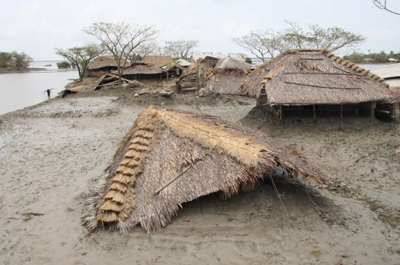
Disaster Management & Climate Change Adaptation
Bangladesh is one of the largest deltas in the world which is highly vulnerable to Natural Disasters because of its Geographical location. The adverse effects of Climate Change- especially High Temperature, Sea-level Rise, Cyclones and Storm Surges, Salinity Intrusion, Heavy Monsoon Downpours etc. have aggravated the overall countries Economic Development. Although Bangladesh emits less than 0.1% of global greenhouse gas emissions (compared to 24% for the United States), it is nevertheless taking steps to reduce its future emissions through the development of renewable energy and the use of (relatively clean) natural gas.
Bangladesh has been repeatedly listed as being among the most vulnerable countries to climate change around the globe. (Source: Maplecroft, 2015, 'Climate change vulnerability index 2014')
About 88% of the landmass of Bangladesh consists of flood plains that sit in the world’s largest delta, which makes the country predominantly flat and low-lying. Most of its areas are less than 10m above sea level – with most of the coastal belt being less than 2m above sea level. The key climate change impacts projected to affect the country are: variations in air and ocean temperatures; changes in precipitation patterns; intensification of extreme weather phenomena, such as cyclones, and sea level rise.
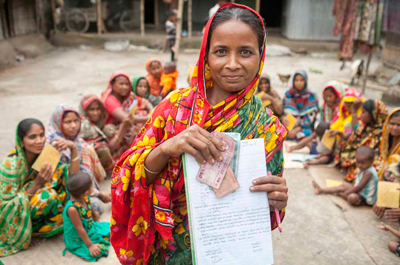
Microfinance Program
The majority of the world’s poor live in Asia and most of them live in rural areas. These areas are also in famous for the food insecurity and malnutrition associated with poverty. Making even a modest dent in rural Asian poverty has the potential to realize large gains in global human development.Reducing Rural Poverty in Asia provides evidence-based guidelines for policymakers in developing countries, for researchers focusing on development problems, and for the international development assistance community in the continuing search for ways to effectively reduce poverty in the developing world. Detailed examinations are clearly presented on the efforts for poverty alleviation through micro enterprise development and rural public employment programs that focus on public works and household/small-scale industries.
MFIs all of the programs are targeted at the functionally landless rural poor. All the MFIs provide mostly small, un-collateralized one-year term loans to individuals belonging to jointly liable peer groups, and they use similar on-site loan disbursement and weekly collection methods by forming village organizations or centers.
Head Office
-
Address: Collegepara (Gobindanagar),
Thakurgaon-5100, Bangladesh - Phone: +880 561 52149
- Email: [email protected]
-
Saturday - Thursday: 08:30 am - 05:00 pm
Friday - Friday: Closed
Dhaka Office
-
Address: ESDO House, Plot #748, Road #08,
Adabor, Dhaka-1207, Bangladesh - Phone: +880 2 58154857
- Email: [email protected]
-
Saturday - Thurseday: 08:30 am - 05:00 pm
Friday - Friday: Closed

